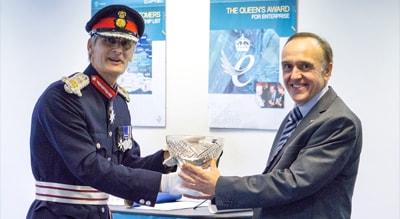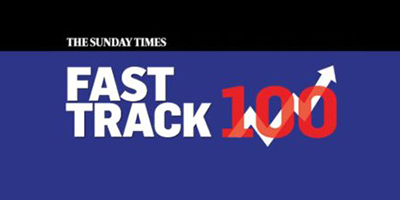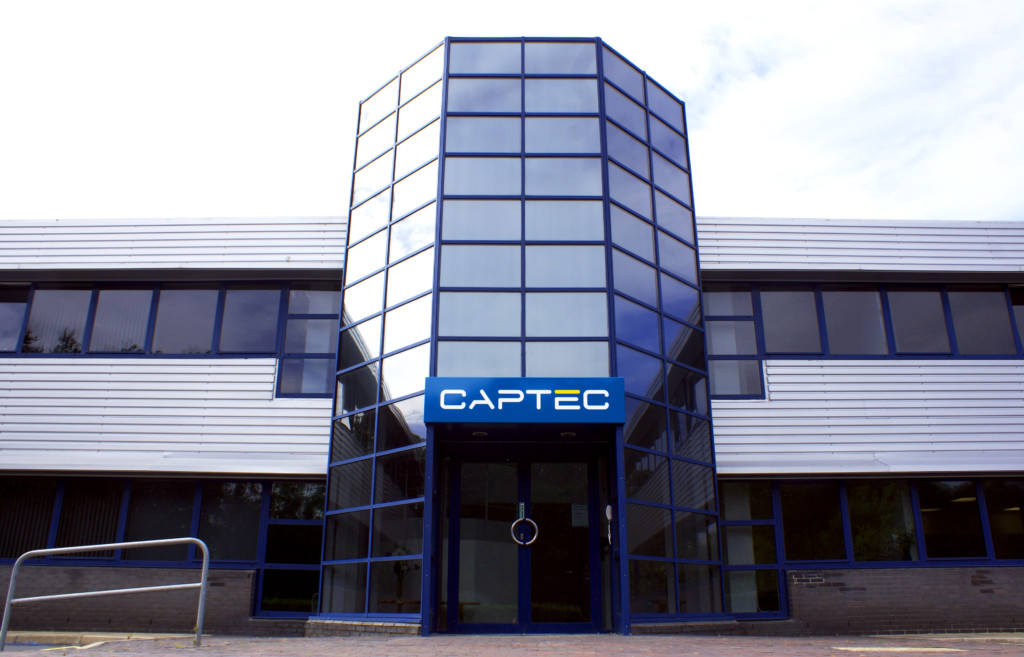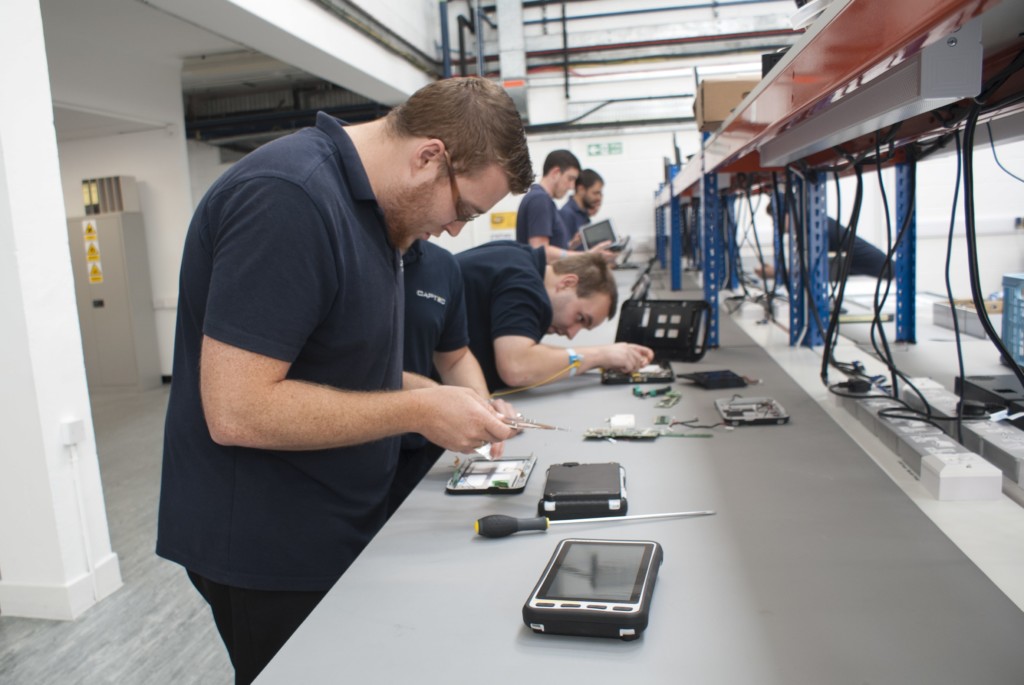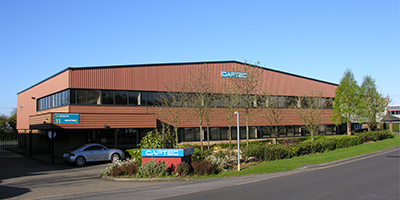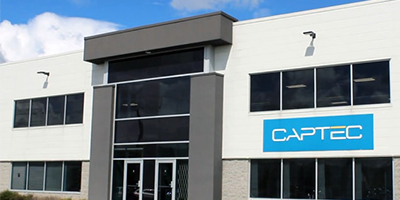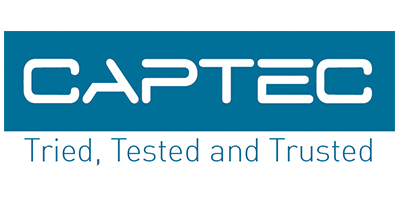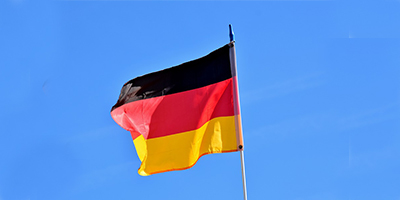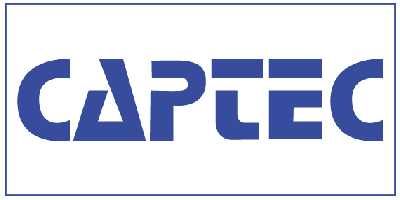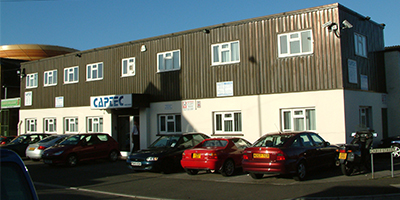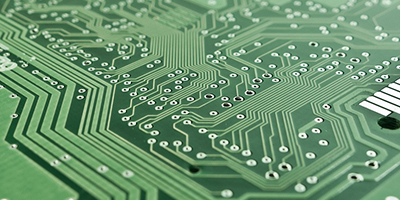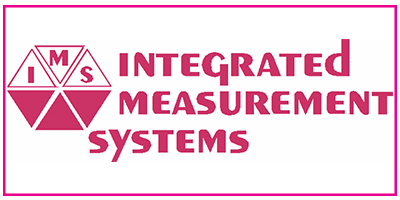1985 – Integrated Measurement Systems Ltd.
As an open architecture, PC clones began to thrive and building block components started to emerge, resulting in the founding idea for the new business. Initially incorporated as Integrated Measurement Systems Ltd., the name was chosen to reflect the core business of the company, and in good measure due to lack of any inspirational names coming to mind. The business model of IMS was to use cost-effective PC-based computing technologies, specialist plug-in cards, and IEEE-488 instruments to integrate bespoke systems with custom developed software for engineering and scientific applications. Considered a niche market, it presented an opportunity where applications were now able to be performed at a price range not previously possible. Automated measurement, control, data acquisition, testing and many more applications could now be implemented with PC-based systems.




